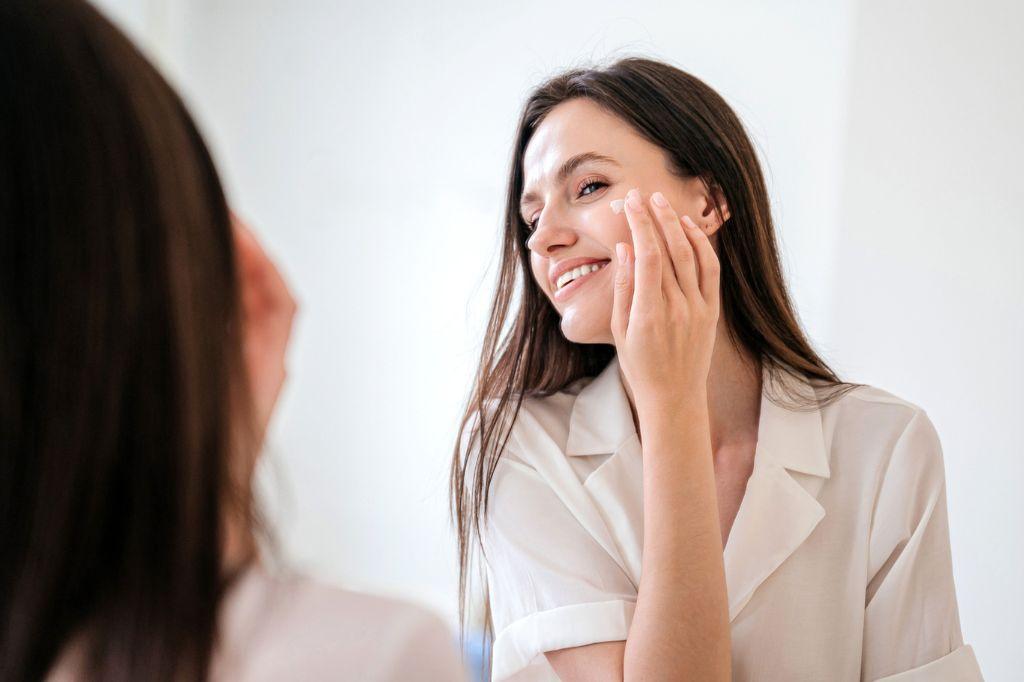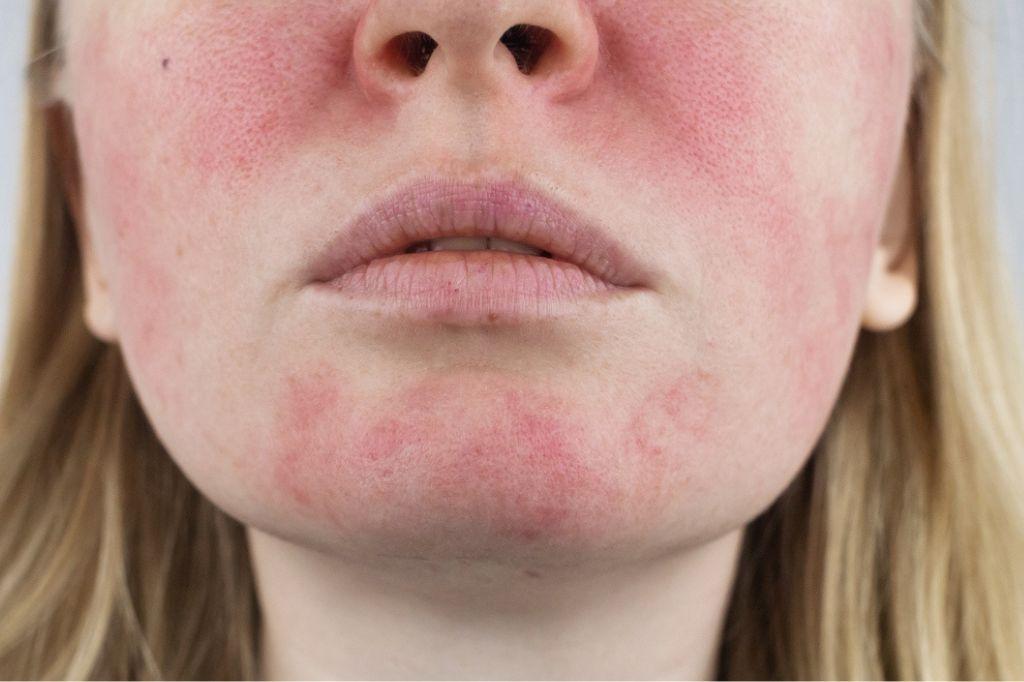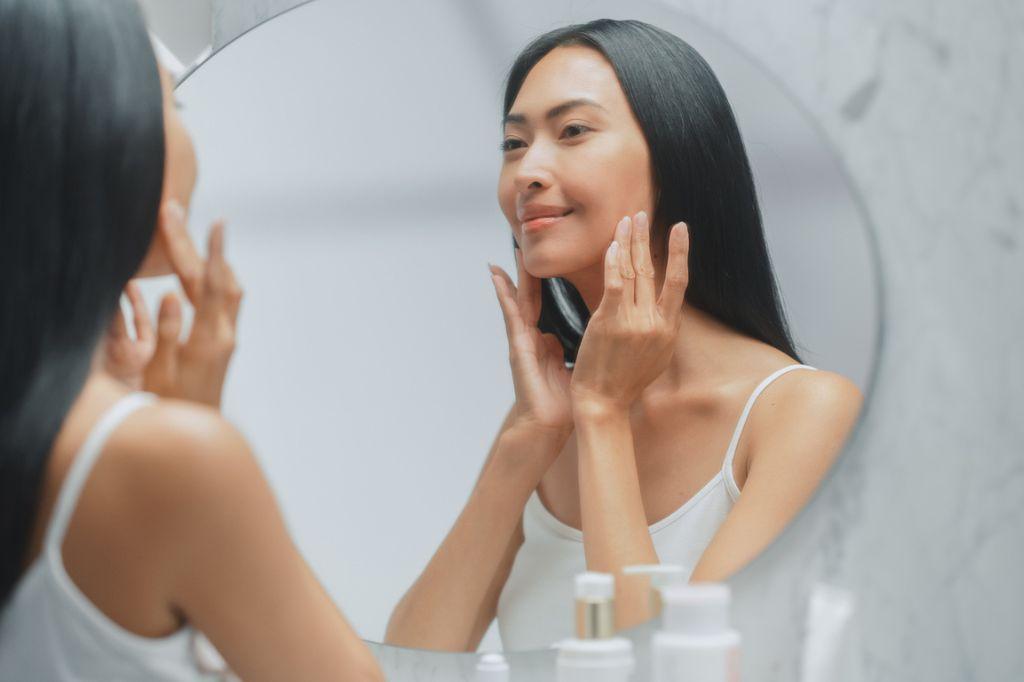4 Pediatric Skin Conditions You Should Know About
Many of the most common pediatric skin conditions, though irritating and sometimes persistent, are often manageable with patience and trigger reduction. If your child is struggling with one of these pediatric skin conditions, know that they aren’t alone. Here’s 4 of the top pediatric skin conditions to be aware of, and how to cope with them.
Keeping your skin healthy is often no easy task. Keeping your kid’s skin healthy— especially when they have a pediatric skin condition— is even harder. Many of the most common pediatric skin conditions, though irritating and sometimes persistent, are often manageable with patience and trigger reduction. If your child is struggling with one of these pediatric skin conditions, know that they aren’t alone. Here’s 4 of the top pediatric skin conditions to be aware of, and how to cope with them.
Diaper Rash
Perhaps the most common skin condition in newborns, infants, and toddlers, diaper dermatitis (also known as diaper rash), occurs when the diaper area’s sensitive skin becomes inflamed and irritated. This can happen for many reasons (not just the prolonged use of a wet diaper that is many parents’ first thought). Some children who have overly sensitive skin tend to get recurring diaper rash, even when hygiene isn’t a problem. It’s important to rule out yeast and other fungal infections, however, because these are common in young children and will not clear up without fungicide ointment.
The most common treatment for diaper rash is a cream containing zinc oxide— a skin protectant. These creams help to create a barrier between the baby’s delicate skin and the diaper. You may also wish to consider changing diaper brands or switching to cloth diapers, depending on your child’s level of sensitivity to diaper products. Unfortunately, some children just have more sensitive skin than others!
Eczema
Also known as atopic dermatitis, eczema is a blanket term for a variety of similar-looking skin conditions— many of which favor children. Since there are so many types of eczema, symptoms aren’t always the same among kids; some children have scaly, itchy skin, while others just experience extreme skin dryness. Eczema generally flares up in reaction to some sort of irritant, so it’s essential to monitor what your child comes into contact with— diligence will go a long way to helping your child reduce flare-ups as they get older.
Since eczema is generally uncomfortable and damaging to the skin’s natural protective barrier, your child may be prescribed ointments and coverings to help protect them from a skin infection.
Pediatric Psoriasis
Psoriasis is different from eczema in that it is more inflammatory-driven. Psoriasis generally flares up under similar conditions to eczema, but in different locations. Pediatric psoriasis is commonly found on the elbows, knees, feet, hands, lower back, and face. Eczema, on the other hand, usually occurs in the moist crevices of the body: armpits, neck, inner elbow, inner knee, and between fingers. While eczema and psoriasis can be triggered by environmental irritants (soaps and allergens), psoriasis also can flare up with damage to the skin, such as through excess sun exposure, injections, and other wounds.
Young children struggling with psoriasis are a rare sight; this pediatric skin condition usually starts in the teen years. For severe cases of pediatric psoriasis, topical treatments may not be sufficient; unfortunately, your child may require small amounts of immunosuppressant prescriptions to experience relief.
Child Acne
As the most common skin condition in the United States, it’s very likely that your child will develop acne at some point in his or her life. Acne is actually a common sight in newborns— as a baby works mom’s hormones out of their system, acne may frequently pop up and disappear. However, true acne tends to appear with the onset of puberty.
Acne can be an emotionally debilitating skin condition, especially for teenagers who feel constantly judged and watched by others. Sometimes, triggers can be identified and isolated so that your child can minimize symptoms, but the problem may not resolve until his or her hormones even out after puberty. Our advice: work with a dermatologist who is well-versed in pediatric acne treatment to give your child the best shot at minimizing permanent scarring— both physically and emotionally.
Find a Pediatric Dermatologist in Florida
Here at Academic Alliance in Dermatology (AAD), we know the struggles of battling skin conditions— especially as a child. Reach out to one of our pediatric dermatologists today for help if your child deals with one of these recurring issues. We’re happy to take a look and see what treatment options are available for your child.




